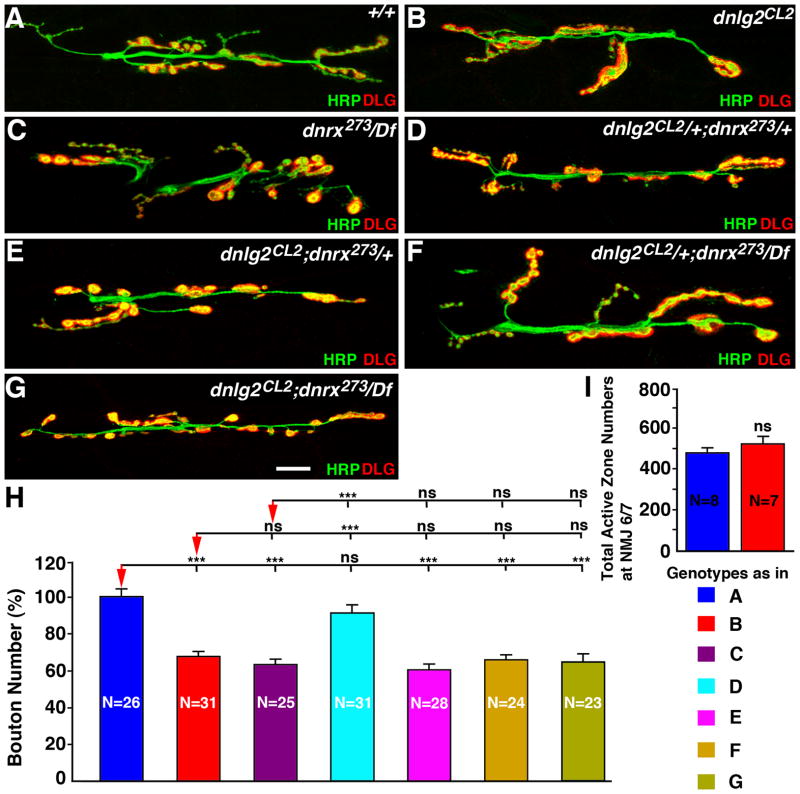Figure 3. dnlg2 and dnrx mutants display similar NMJ developmental defects.
(A–G) Confocal images of NMJ6/7 from abdominal segment 3 in 3rd instar larvae labeled with anti-HRP (green) and anti-DLG (red). Compared to control (w1118) (A), dnlg2 mutants (B), dnrx/Df mutants (C), dnlg2;dnrx+/− (E), dnlg2+/−;dnrx (F), dnlg2;dnrx double homozygous (G) show fewer boutons. The NMJ morphology of transheterozygous dnlg2+/−;dnrx+/− (D) is unaffected.
(H) Quantification of total bouton number at NMJ6/7 adjusted to control bouton number. dnlg2, dnrx/Df single mutants, dnlg2;dnrx+/−, dnlg2+/−;dnrx/Df, and dnlg2;dnrx/Df double homozygous have approximately 60–62% boutons compared to control. ***p < 0.001; **p < 0.01; *p < 0.05 (ANOVA, Tukey post hoc test). Scale bar= 20μm.
(I) Quantification of total active zone numbers at NMJ6/7. dnlg2 mutants have comparable number of active zones with those observed at the wild type NMJs (Student’s t test).

